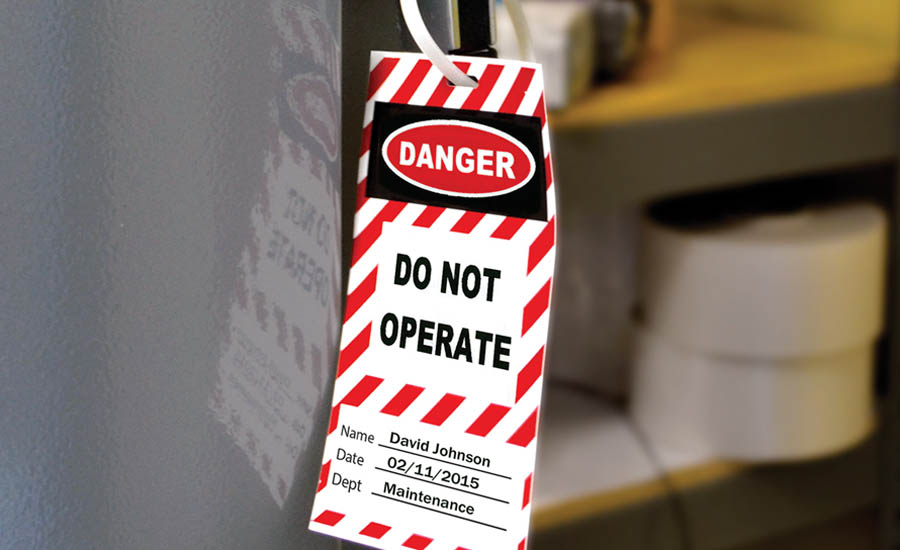Unfortunately, despite taking every precaution possible, workplace accidents are inevitable. Whether minor, such as a strained muscle, or major such as a broken back, workplace accidents come at a cost. Those costs consist of both direct and indirect costs. Direct costs are those directly related to the treatment of the injury while indirect costs relate to lost opportunities. Both are costly for the company involved.
Workplace Accidents - Direct Costs
 Direct costs are typically covered by insurance and involve out-of-pocket expenses.
Direct costs are typically covered by insurance and involve out-of-pocket expenses.
The first direct cost is medical. This includes all costs related to medical help, hospital expenses and rehabilitation costs. Included are costs related to medical personnel, medical equipment, medications, transportation, and hospital administrative costs. It may also include additional costs related to health care items such as chiropractors, osteopathy, and even psychologists.
The second direct cost deals with property damage, whether it is damage to machines, tools, or other types of property. Included are the costs to replace or repair any damaged equipment, the cost to replace or repair any other goods damaged in the accident and any clean-up costs.
Workplace Accidents - Indirect Costs
 Indirect costs are typically not insured and do not include out-of-pocket expenses.
Indirect costs are typically not insured and do not include out-of-pocket expenses.
The first indirect cost involves productivity. Company productivity is inevitably affected to some degree by any workplace accident. The loss of productivity can be due to:
- The stopping or slowing of production due to any machine or property damage,
- The injured worker unable to continue working,
- Additional employees stopping work to help the injured co-worker,
- The injured worker's absence following the injury,
- A returning worker's abilities and skills affected by the injury,
- Replacement workers.
These all have an effect on the company's productivity. Some effects are short term, a matter of minutes or hours while others a longer-term lasting even several months.
The second indirect cost relates to employee morale and public perception. Workplace accidents can negatively affect employee morale, especially if the employees feel the company is somehow at fault. Negative morale can cause a slowdown in productivity or a higher worker turnover. Hiring new employees can be more difficult if a company has the reputation of not providing for the safety of the employees. Workplace accidents can also affect the public's perception of a company, resulting in a loss of customers, and therefore, a loss in revenue. In today's highly competitive markets consumers look for any slight differences in companies to decide which they wish to deal with. Whether the perception is true or not often does not matter.
Clearly, the best way to minimize these costs is to minimize the number of accidents or at least minimize the severity. Bringing in a motivational speaker can help a company impart the importance of workplace safety to employees and management alike. Brad Hurtig, who lost both hands in a workplace accident during his high school years, brings a unique perspective to the table regarding workplace safety. No one can dispute his clear understanding of the importance of workplace safety, which he is able to pass along in a clear and memorable manner. Let us help you and your business prevent these accidents, contact us today to book Brad for your business.

